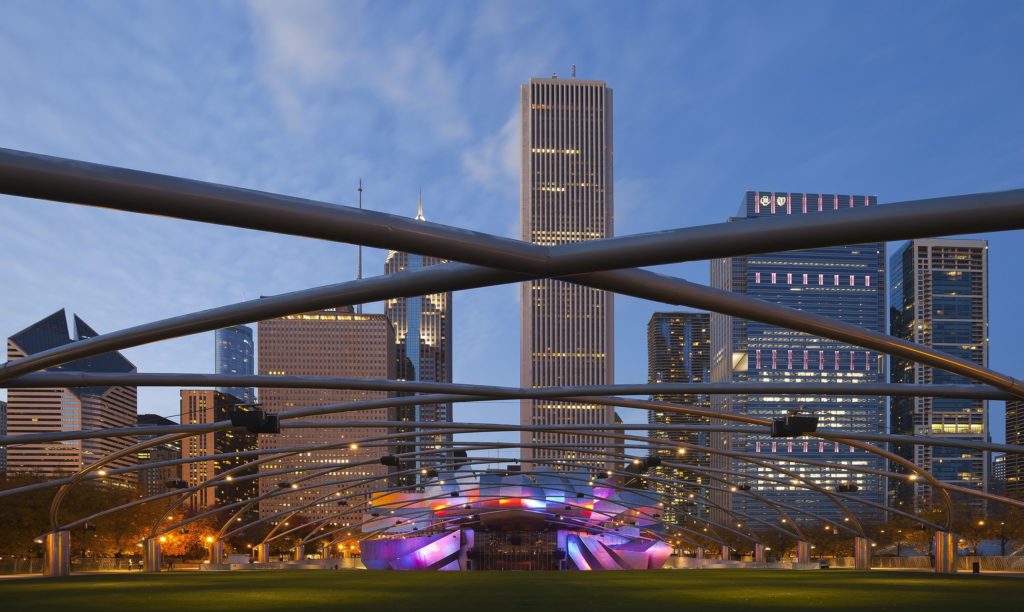In the face of a coming COVID-19 peak, federal support in the fight against the pandemic has been deeply frustrating to Chicago’s mayor and Illinois’s governor.
As the weather turned sunny, and uncommonly warm, in late March, Chicagoans flocked to the eighteen-mile-long public path along Lake Michigan, cycling, running, walking, rollerblading, chatting, laughing — and ignoring the stay-at-home order that Illinois Governor J.B. Pritzker had issued a few days earlier. Lori Lightfoot, Chicago’s mayor, was not amused. On March 26th, she tweeted, “This is not a vacation. While most of our residents understand this, some have refused to listen. So for the good of the city, we are immediately closing high-traffic areas of the city until further notice.”
With Illinois racing toward an anticipated covid-19 peak in mid-April, Lightfoot and Pritzker, political neophytes who took office in 2019, have been setting the policy and the tone for the nation’s third-largest city and its sixth-largest state. More than two hundred people have died from the virus in Illinois, and Pritzker has extended his stay-at-home order for the state’s nearly thirteen million residents to April 30th. Despite their pleas to the Trump Administration, starting two months ago, federal support has been minimal, unpredictable, and deeply disappointing, as they explained in interviews this week. Saying that he was speaking for governors around the country, Pritzker told me, “We’re finding ways to work around the federal government, which just shouldn’t be something coming out of the mouth of a governor, but that’s absolutely the case…”
To read the entire article form The New Yorker, click https://www.newyorker.com/news/dispatch/illinois-confronts-a-chaotic-white-house-approach-to-the-coronavirus#intcid=recommendations_the-new-yorker-right-rail-popular_f8ff5496-0f8d-4e36-8ed4-728d347687ee_popular4-1
